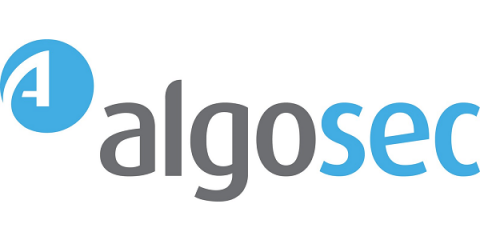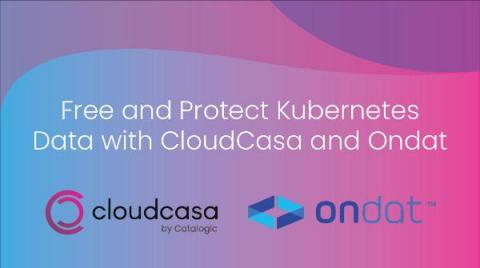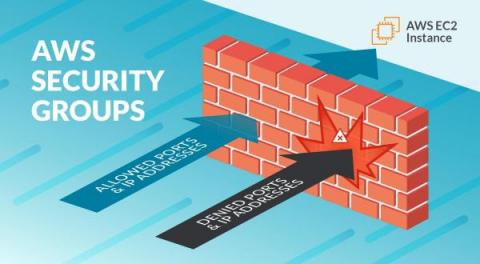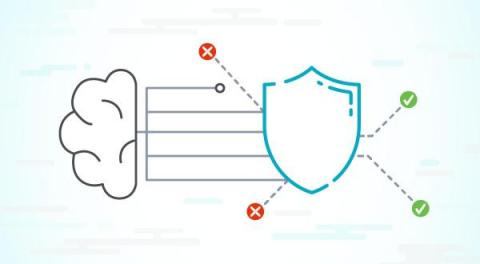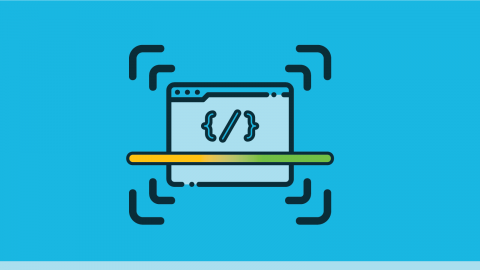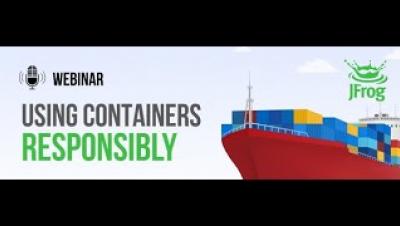A Brief History of RBAC and ABAC
If you’ve been paying attention to trends in access control, then you’ll likely have come across the terms Role-Based Access Control (RBAC) and Attribute-Based Access Control (ABAC). Both have years of precedent in the field of access control, and both are used to great effect across nearly every market in the world.



